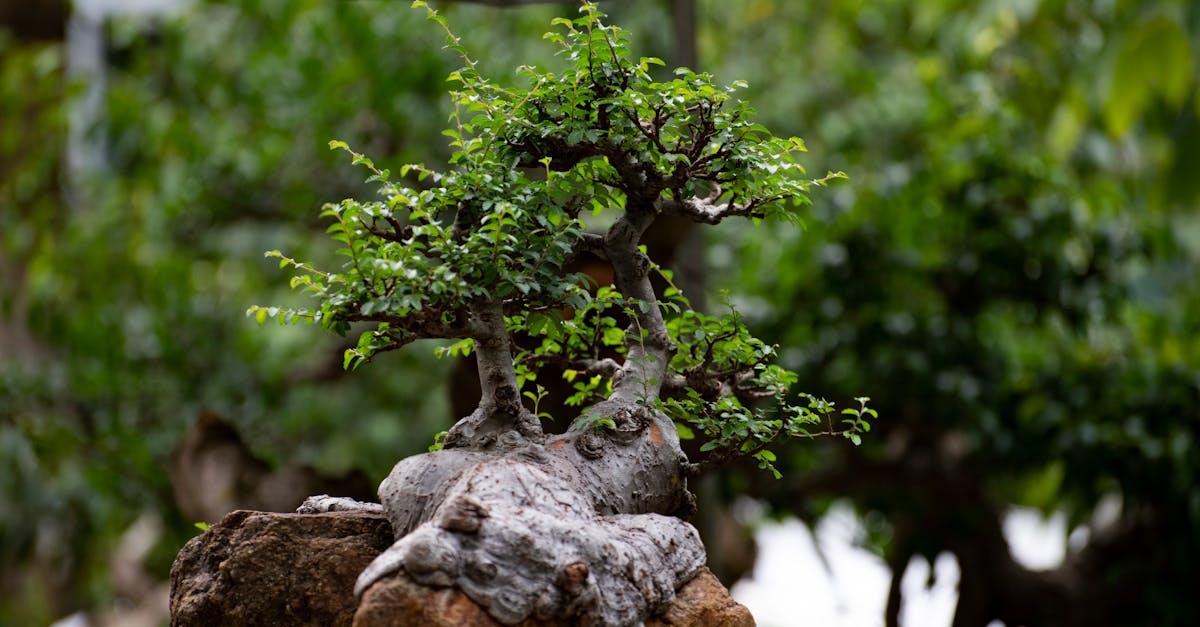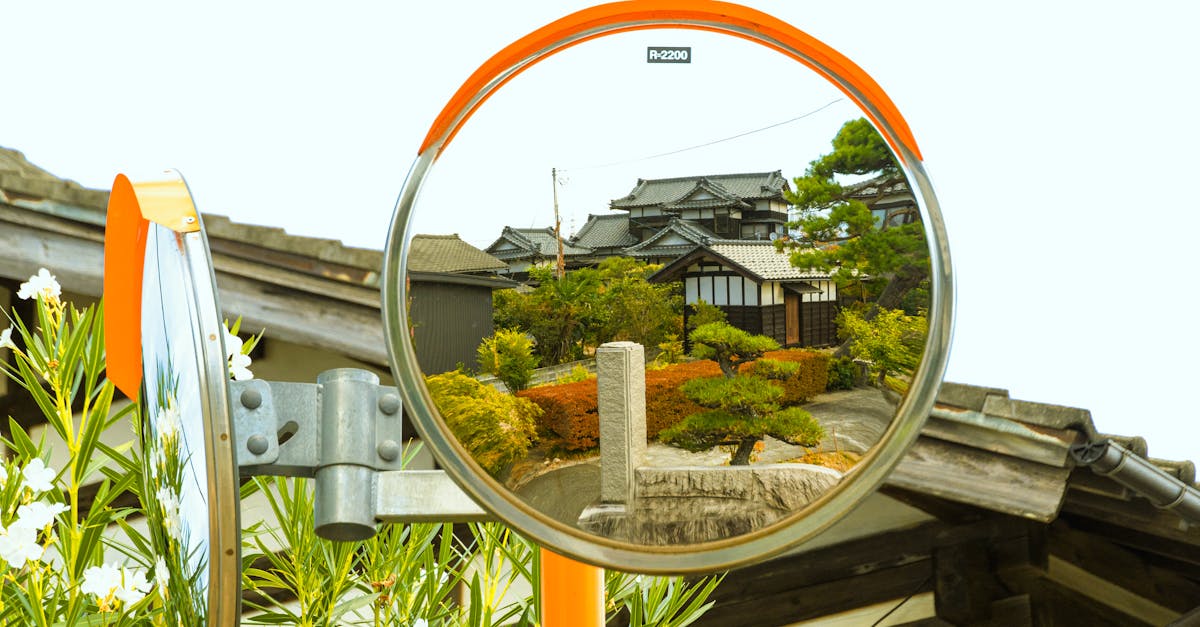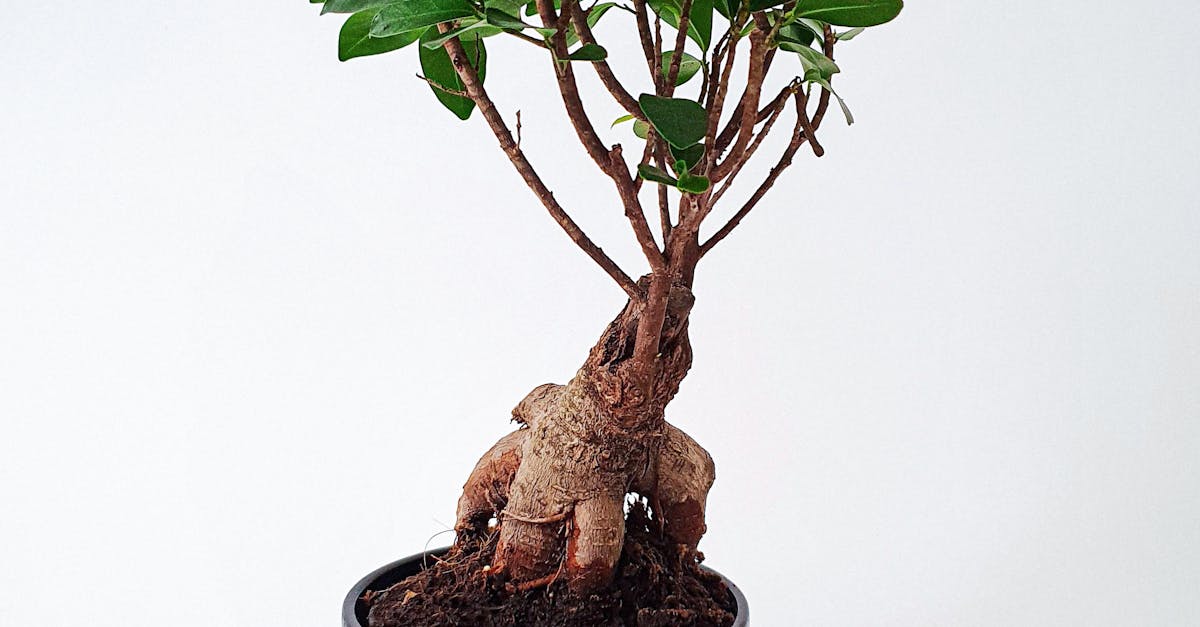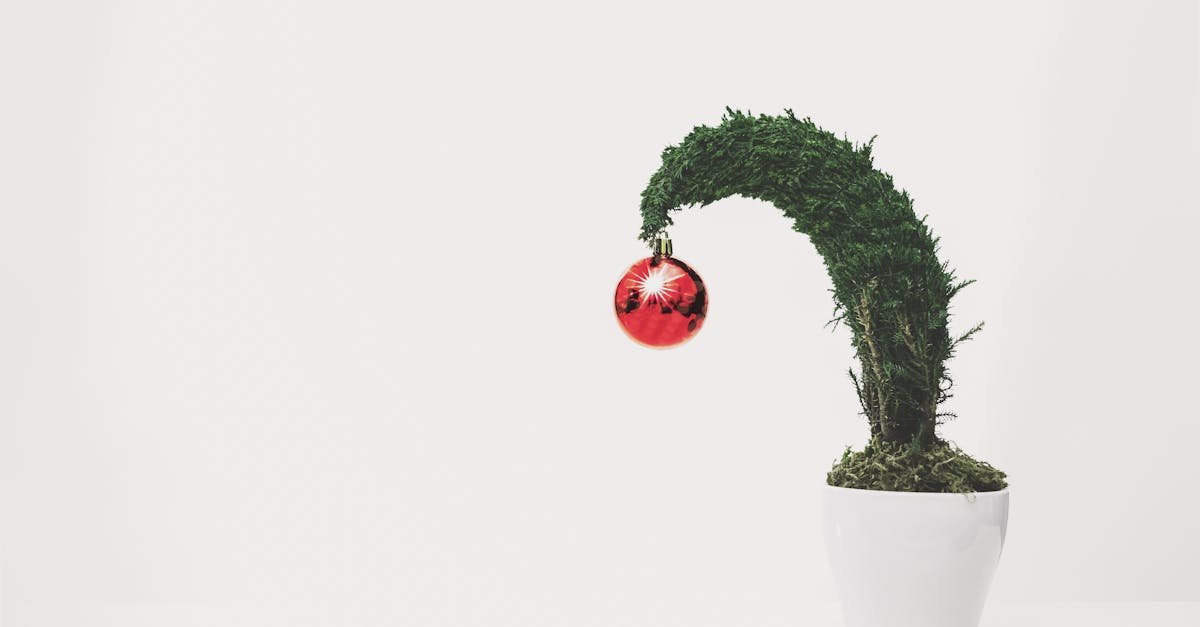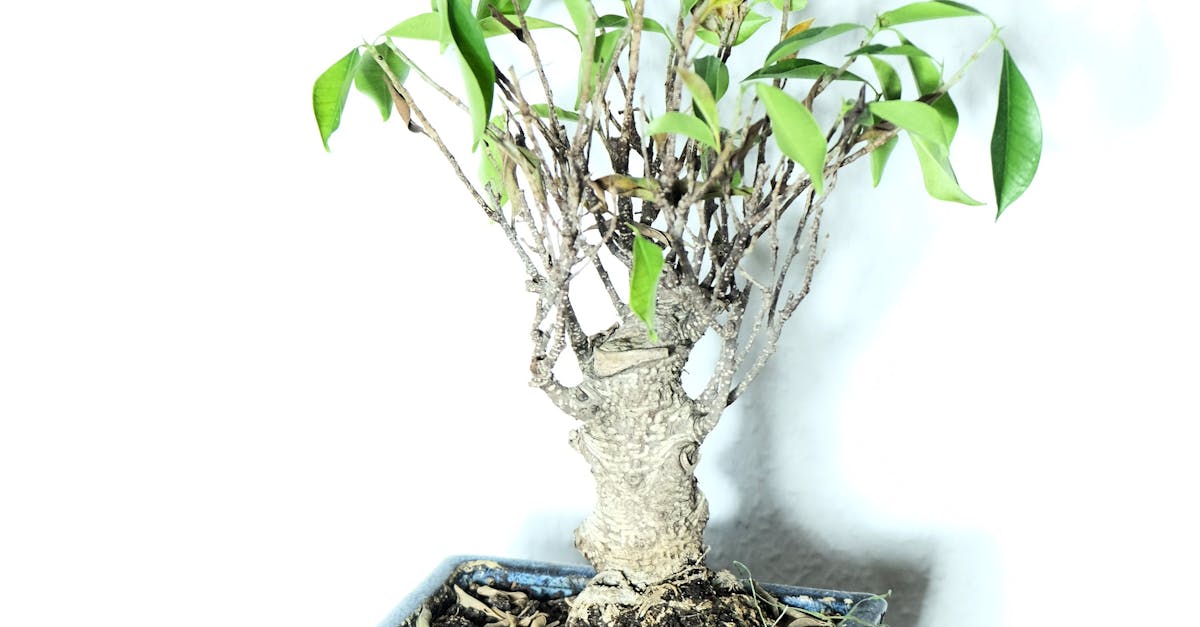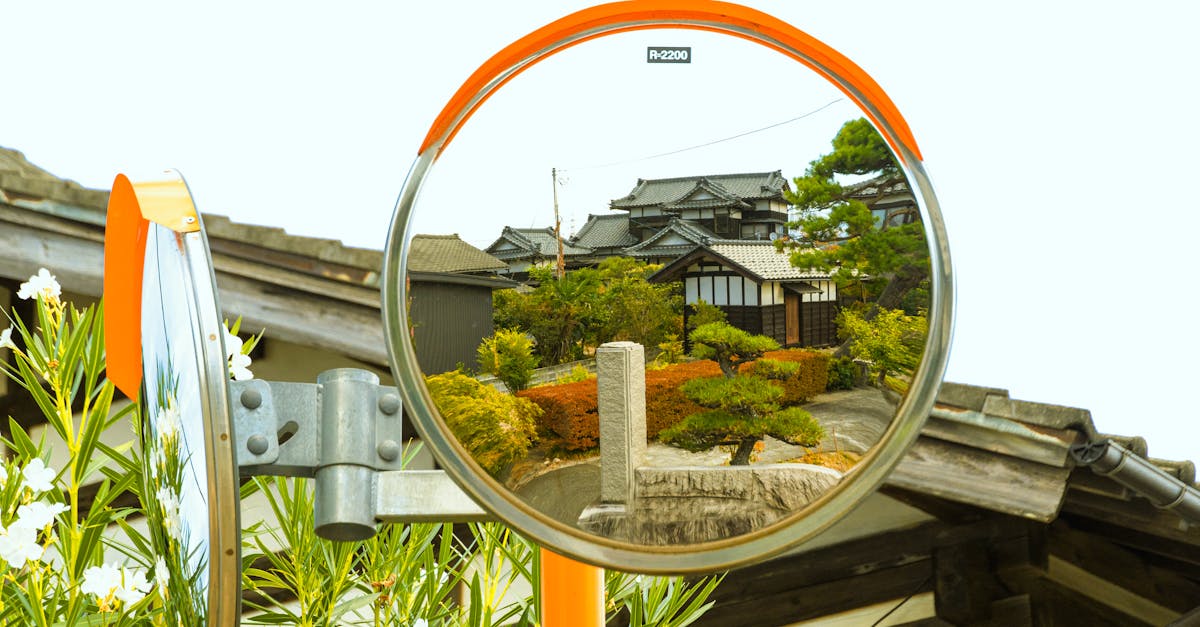Mastering the Art of Bonsai Watering: Unraveling the Secrets of Water Penetration
Bonsai, the ancient Japanese art of cultivating miniature trees, demands meticulous care and attention to detail. One crucial aspect of bonsai maintenance is understanding the optimal depth of water penetration in the soil. Proper watering techniques ensure healthy root development, nutrient uptake, and overall plant vitality. This comprehensive guide will delve into the intricacies of bonsai watering, providing insights into the impact of water penetration on root growth, recommendations for different species, practical watering methods, and troubleshooting techniques for common watering issues.
1. Understanding Soil Saturation and Its Importance
Understanding Soil Saturation and Its Importance
Soil saturation refers to the degree to which water occupies the pore spaces between soil particles. In the context of bonsai, maintaining an appropriate level of soil saturation is paramount for optimal root health and overall plant growth. When soil is adequately saturated, water can easily penetrate and circulate, providing roots with the moisture and oxygen they need to thrive. Roots can efficiently absorb nutrients dissolved in the water, supporting the plant’s growth and development.
Conversely, excessive saturation can lead to waterlogging, which deprives roots of oxygen and creates an environment conducive to root rot and other harmful microorganisms. Insufficient saturation, on the other hand, can cause drought stress, hindering nutrient uptake and potentially damaging the plant. Therefore, understanding the concept of soil saturation and its implications is crucial for bonsai enthusiasts seeking to cultivate healthy and aesthetically pleasing miniature trees.
2. Impact of Water Depth on Root Development
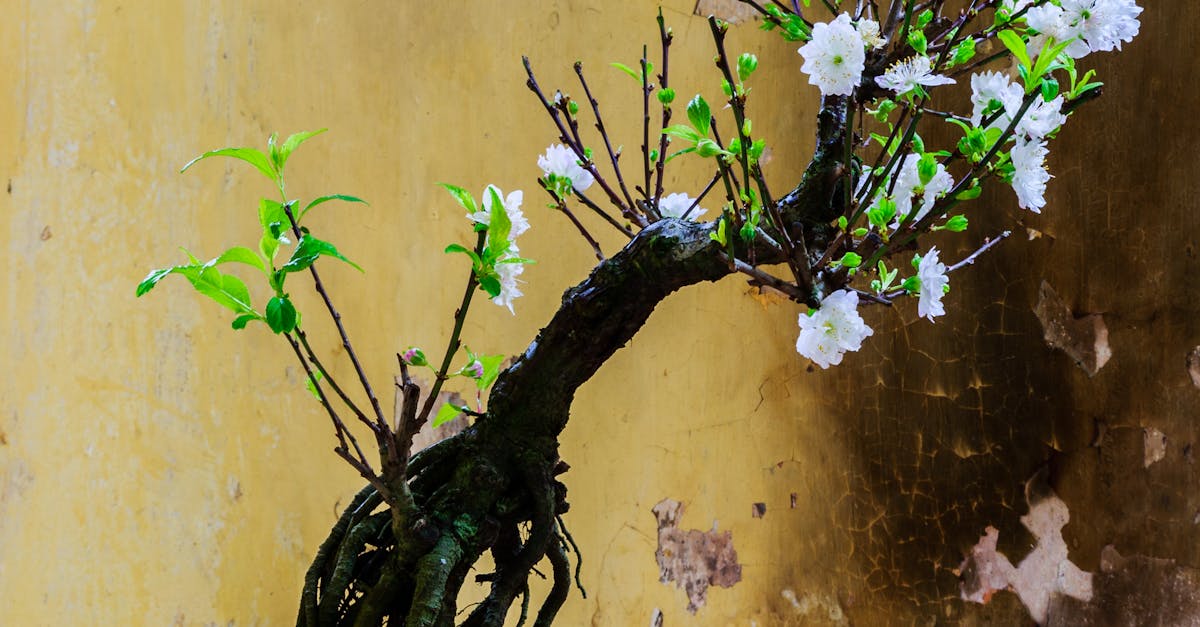
Impact of Water Depth on Root Development
The depth of water penetration in bonsai soil has a significant impact on root development and overall plant health. When water penetrates deeply into the soil, it encourages roots to grow vertically in search of moisture. This deep root system provides stability and anchorage for the bonsai, particularly in shallow pots. Moreover, deep roots can access a larger volume of soil, maximizing nutrient uptake and supporting vigorous growth.
Conversely, shallow water penetration limits root growth to the upper layers of the soil. While this can be beneficial for certain species that prefer surface roots, it can also lead to instability and reduced nutrient absorption. Insufficient water penetration can also cause roots to become pot-bound, restricting growth and potentially damaging the plant.
Understanding the impact of water depth on root development allows bonsai enthusiasts to tailor their watering practices to the specific needs of their trees. By providing the appropriate level of water penetration, they can promote healthy root growth, enhance nutrient uptake, and support the overall well-being of their bonsai.
3. Optimal Water Penetration Depth for Different Bonsai Species
Optimal Water Penetration Depth for Different Bonsai Species
Different bonsai species have evolved to thrive in diverse habitats, resulting in variations in their water preferences and root systems. Understanding these variations is crucial for providing each species with the optimal water penetration depth to support healthy growth and development.
1. Pinus (Pine): Pines prefer deep water penetration to encourage the development of a strong taproot. This deep root system provides stability and allows the tree to access water and nutrients from deep within the soil. 2. Acer (Maple): Maples generally prefer moderate water penetration. Excessive watering can lead to root rot, while insufficient watering can cause drought stress. Aim for water penetration that moistens the soil to a depth of about 2-3 inches. 3. Ficus (Fig): Figs are relatively drought-tolerant and prefer shallow water penetration. Overwatering can easily lead to root rot, so it’s essential to allow the soil to dry out slightly between waterings.
4. Practical Watering Techniques to Achieve Proper Penetration
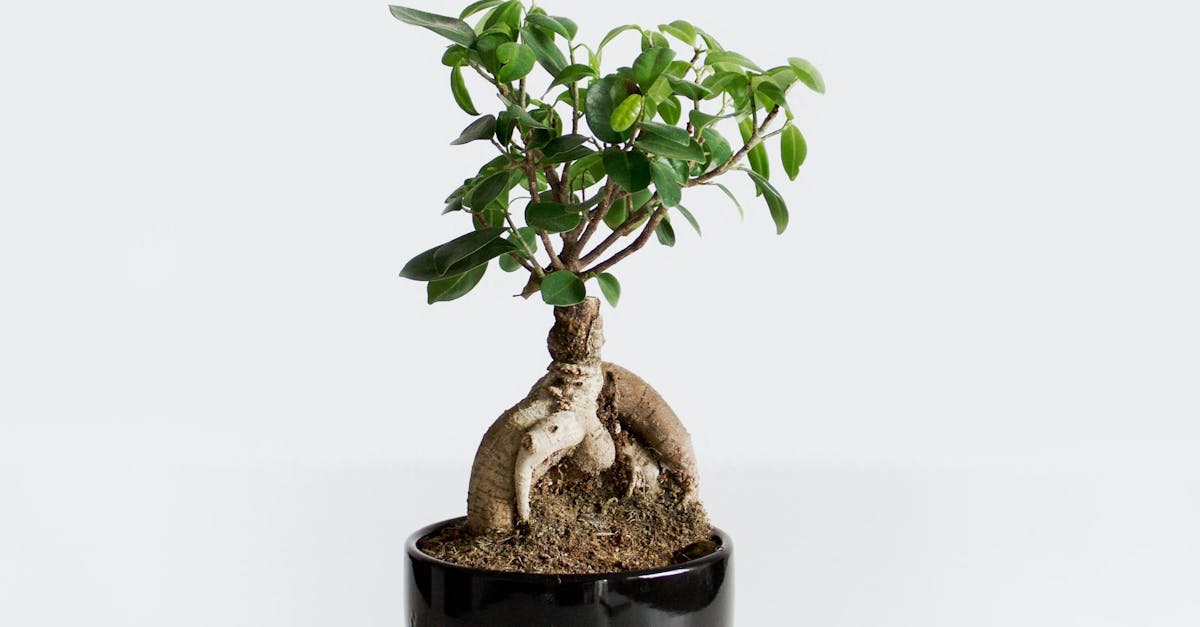
Practical Watering Techniques to Achieve Proper Penetration
Achieving proper water penetration in bonsai soil requires careful attention to watering techniques. Here are some practical tips to ensure adequate hydration without overwatering or underwatering:
- Water thoroughly: When watering, apply water slowly and deeply to allow it to penetrate the entire root zone. Avoid shallow watering, which only moistens the surface of the soil and encourages shallow root growth.
- Check soil moisture: Before watering, check the soil moisture level by inserting your finger into the soil. Water only when the soil feels slightly dry to the touch.
- Use a watering can with a fine nozzle: This will help distribute the water evenly and prevent soil erosion.
- Water at the base of the trunk: Avoid pouring water directly onto the foliage, as this can promote fungal diseases. Instead, water at the base of the trunk, allowing the water to gradually soak into the soil.
- Avoid overwatering: Overwatering is a common mistake that can lead to root rot and other problems. Allow the soil to dry out slightly between waterings.
5. Monitoring Soil Moisture and Troubleshooting Watering Issues
Monitoring Soil Moisture and Troubleshooting Watering Issues
Monitoring soil moisture is crucial for maintaining optimal water penetration in bonsai soil. Here are some techniques to help you assess soil moisture and troubleshoot common watering issues:
- Finger test: The simplest method is to insert your finger into the soil up to the first knuckle. If the soil feels moist, wait to water. If it feels dry, it’s time to water.
- Moisture meter: Moisture meters provide a more precise measurement of soil moisture. Insert the probes into the soil and read the moisture level on the meter.
- Visual cues: Observe the bonsai’s leaves. Wilting or yellowing leaves can indicate underwatering, while waterlogged soil may cause leaves to turn brown and fall off.
Common Watering Issues and Solutions: * Overwatering: Symptoms include yellowing or wilting leaves, stunted growth, and root rot. To resolve, reduce watering frequency and improve drainage by using a well-draining soil mix. * Underwatering: Symptoms include dry, brittle leaves, leaf drop, and slowed growth. To resolve, increase watering frequency and check for root damage. Repotting in fresh soil may be necessary. * Poor drainage: Symptoms include waterlogged soil and stunted growth. To resolve, improve drainage by using a bonsai pot with drainage holes and a well-draining soil mix.
Quiz
Multiple Choice
- What is the ideal water penetration depth for most bonsai species?
- (a) Shallow (1-2 inches)
- (b) Moderate (2-3 inches)
- (c) Deep (4+ inches)
- Which of the following is a benefit of deep water penetration in bonsai soil?
- (a) Promotes root stability
- (b) Increases nutrient uptake
- (c) Both (a) and (b)
- Which bonsai species prefers shallow water penetration?
- (a) Pine
- (b) Maple
- (c) Fig
True/False
- Overwatering bonsai can lead to root rot.
- It’s important to avoid watering the foliage of bonsai trees.
- Using a moisture meter is the most accurate way to measure soil moisture.
Answer Key
Multiple Choice
- (b)
- (c)
- (c)
True/False
- True
- True
- True

